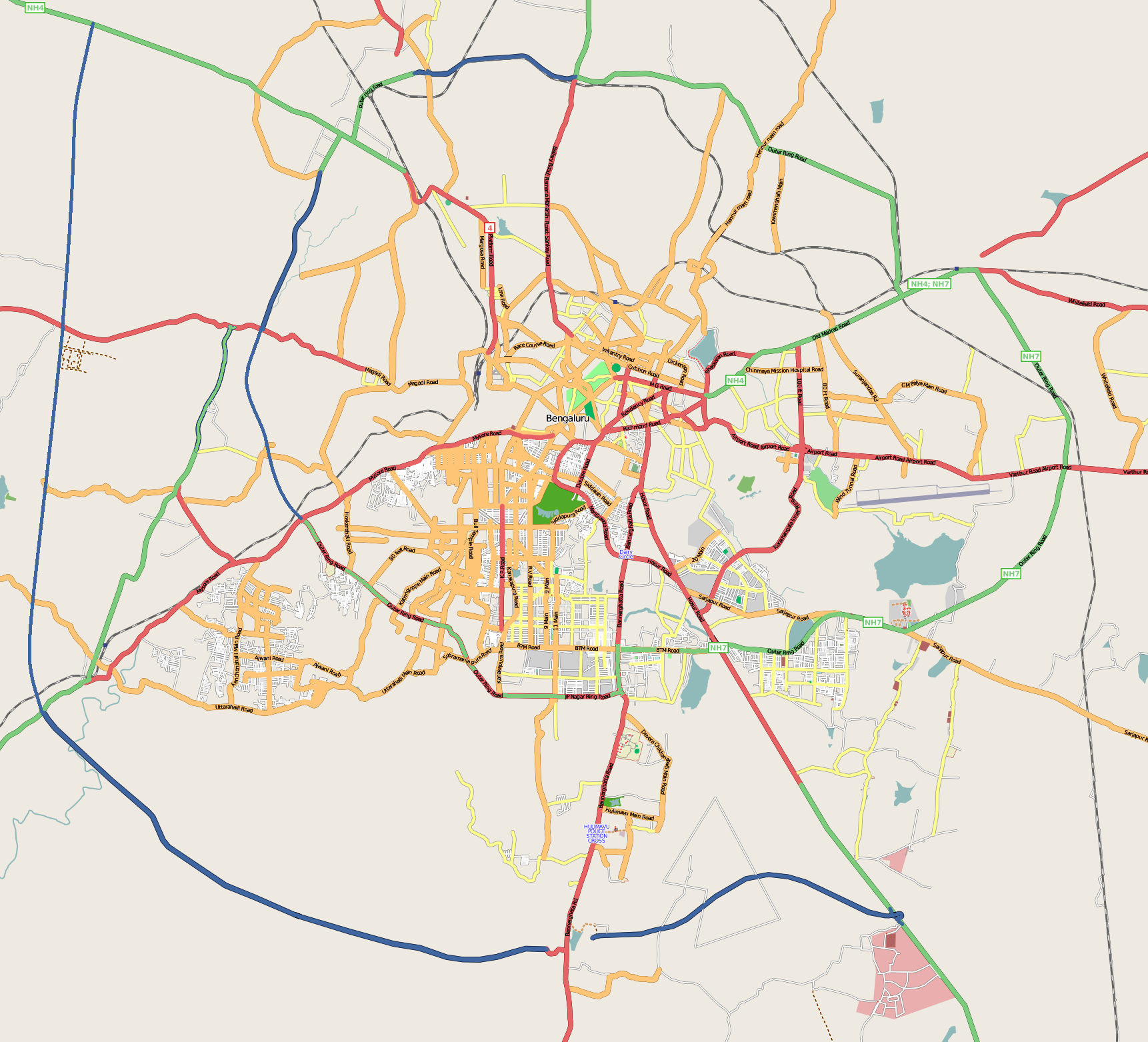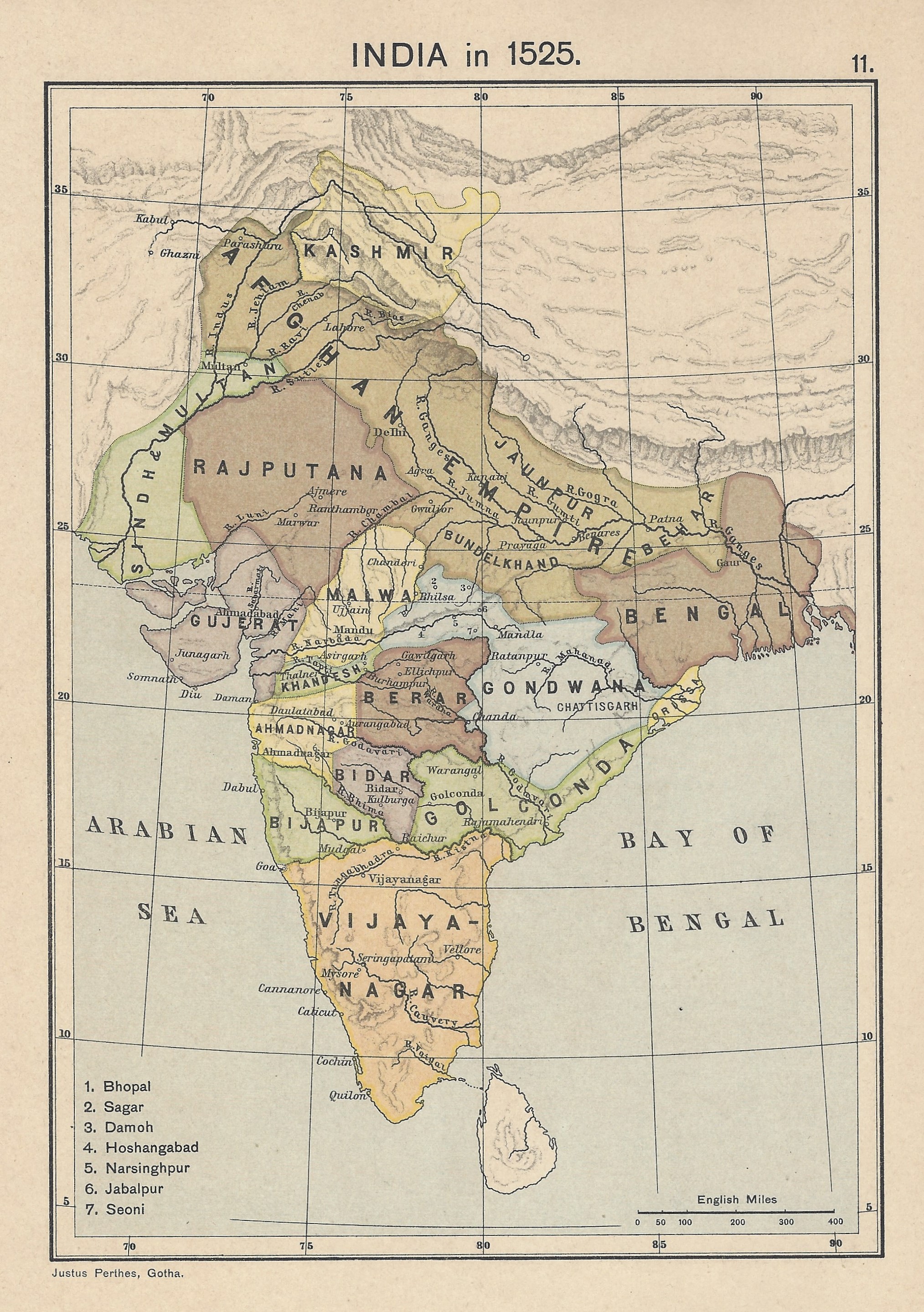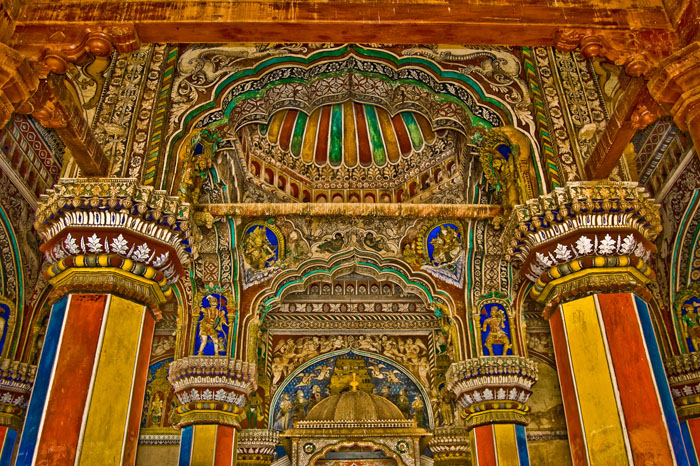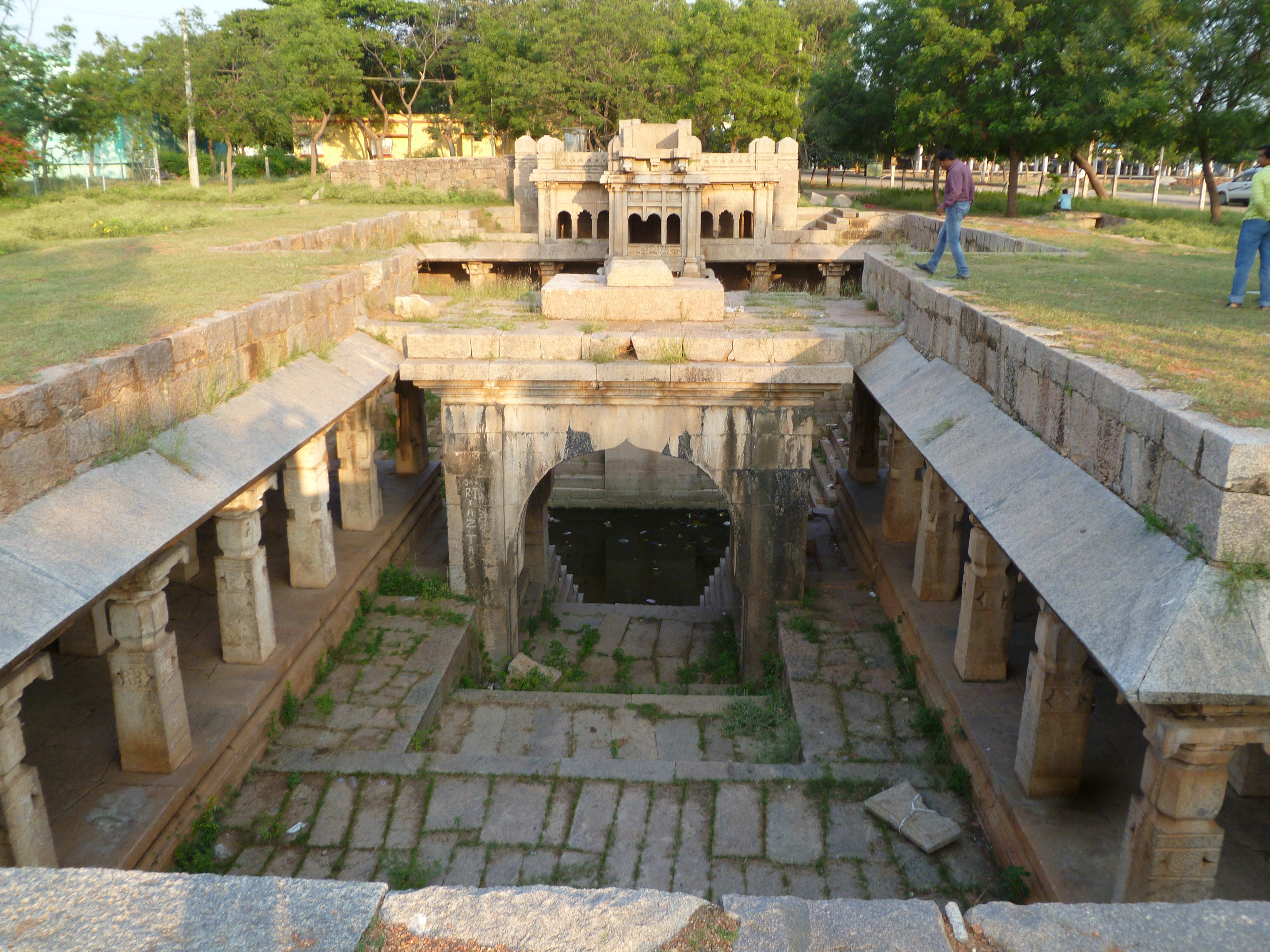|
Sambhaji Shahaji Bhosale
Sambhaji Shahaji Bhosle (1623–1655) was the elder son of Shahaji and Jijabai. He was the elder brother of Shivaji. At the time of Sambhaji's birth, Shahaji was a general in the court of Ahmadnagar Sultanate, Nizamshahi. Sambhaji was killed in an assault on Kanakagiri by Afzal Khan (general), Afzal Khan. References {{DEFAULTSORT:Bhosale, Sambhaji Shahaji 1623 births 1648 deaths Shivaji Indian royalty ... [...More Info...] [...Related Items...] OR: [Wikipedia] [Google] [Baidu] |
Bangalore
Bengaluru, also known as Bangalore (List of renamed places in India#Karnataka, its official name until 1 November 2014), is the Capital city, capital and largest city of the southern States and union territories of India, Indian state of Karnataka. As per the 2011 Census of India, 2011 census, the city had a population of 8.4 million, making it the List of cities in India by population, third most populous city in India and the most populous in South India. The Bengaluru metropolitan area had a population of around 8.5 million, making it the List of million-plus urban agglomerations in India, fifth most populous urban agglomeration in the country. It is located near the center of the Deccan Plateau, at a height of above sea level. The city is known as India's "Garden City", due to its parks and greenery. Archaeological artifacts indicate that the human settlement in the region happened as early as 4000 Common Era, BCE. The first mention of the name "Bengalooru" is from an ol ... [...More Info...] [...Related Items...] OR: [Wikipedia] [Google] [Baidu] |
Bijapur Sultanate
The Sultanate of Bijapur was an early modern kingdom in the western Deccan and South India, ruled by the Muslim Adil Shahi (or Adilshahi) dynasty. Bijapur had been a '' taraf'' (province) of the Bahmani Kingdom prior to its independence in 1490 and before the kingdom's political decline in the last quarter of the 15th century. It was one of the Deccan sultanates, the collective name of the kingdom's five successor states. The Sultanate of Bijapur was one of the most powerful states on the Indian Subcontinent at its peak, second to the Mughal Empire which conquered it in 1686 under Aurangzeb. After emigrating to the Bahmani Sultanate, Yusuf Adil Shah rose through the ranks to be appointed governor of the province of Bijapur. In 1490, he created a ''de facto'' independent Bijapur state which became formally independent with the Bahmani collapse in 1518. The Bijapur Sultanate's borders changed considerably throughout its history. Its northern boundary remained relatively stabl ... [...More Info...] [...Related Items...] OR: [Wikipedia] [Google] [Baidu] |
Bhonsle
The Bhonsle (or Bhonsale, Bhosale, Bhosle) are a prominent group within the Maratha clan system of India. History Earliest members The earliest accepted members of the Bhonsles are Mudhoji Bhonsle and his kin Rupaji Bhonsle, who were the village headman (pāṭīl) of Hingani — this branch has been since known as Hinganikar Bhonsles. A branch seem to have split soon, who went on to claim an ancestral right to the post of district steward (deśmukhī) of Kadewalit: Suryaji Bhonsle during the reign of Ahmad Nizam Shah I (early 1490s), and his son Sharafji Bhonsle during the conquest of the region by Daniyal Mirza (1599). This branch has been since known as Kadewalit Bhonsles. The next significant Bhonsle was probably Maloji Bhosale from the Hinganikar branch. He was the great-grandson of one Kheloji (c. 1490). Origins In the opinion of Jadunath Sarkar and other scholars, Bhonsles were predominantly Deccani tiller-plainsmen from the Shudra caste; they were part of th ... [...More Info...] [...Related Items...] OR: [Wikipedia] [Google] [Baidu] |
Shahaji Bhosale
Shahaji Bhonsale (; 18 March 1594 – 23 January 1664) was a 17th century Indian military leader who served the Ahmadnagar Sultanate, the Bijapur Sultanate, and the Mughal Empire at various points in his career. As a member of the Bhonsle dynasty, Shahaji inherited the Pune and Supe jagirs (fiefs) from his father Maloji, who previously served the Ahmadnagar Sultanate. During the Mughal invasion of the Deccan, Shahaji joined the Mughal forces and served under Emperor Shah Jahan for a short period. After being deprived of his jagirs, he defected to the Bijapur Sultanate in 1632 and regained control over Pune and Supe. In 1638, he received the jagir of Bangalore after Bijapur's invasion of Kempe Gowda III's territories. Afterwards, he became the chief general of Bijapur and oversaw its expansion. He was the father of Shivaji, the founder of the Maratha Kingdom. Early life Shahaji was the son of Maloji Bhosale, a Maratha warrior and nobleman who had been awarded the jagirs of ... [...More Info...] [...Related Items...] OR: [Wikipedia] [Google] [Baidu] |
Jijabai
Jijabai Shahaji Bhonsale (; 12 January 1598 – 17 June 1674), referred to as Rajmata Jijabai, was the mother of Shivaji, founder of the Maratha Kingdom. She was a daughter of Lakhujirao Jadhav of Sindkhed Raja. Early life Jijabai was born on 12 January 1598, to Mhalasabai Jadhav and Lakhuji Jadhav at Sindkhed Raja in present-day Buldhana district of Maharastra. Jijabai was married at an early age to Shahaji Bhosle, son of Maloji Bhosle of Verul village, a military commander serving under the Nizam. She was a skilled horse rider, sword fighter, academician and administrator. She is also known to be a guide of his son Shivaji for expansion of maratha empire. Death She died on 17 June 1674 at Pachad village near Raigad Fort. This was only eleven days after the coronation of Shivaji. In popular culture * Actress, Sulochana Latkar portrayed Jijabai in the marathi film Maratha Tituka Melvava *Sumati Gupte played Jijabai in the 1974 film Raja Shiv Chhatrapati. *Jijabai ... [...More Info...] [...Related Items...] OR: [Wikipedia] [Google] [Baidu] |
Shahaji
Shahaji Bhonsale (; 18 March 1594 – 23 January 1664) was a 17th century Indian military leader who served the Ahmadnagar Sultanate, the Bijapur Sultanate, and the Mughal Empire at various points in his career. As a member of the Bhonsle dynasty, Shahaji inherited the Pune and Supe jagirs (fiefs) from his father Maloji, who previously served the Ahmadnagar Sultanate. During the Mughal invasion of the Deccan, Shahaji joined the Mughal forces and served under Emperor Shah Jahan for a short period. After being deprived of his jagirs, he defected to the Bijapur Sultanate in 1632 and regained control over Pune and Supe. In 1638, he received the jagir of Bangalore after Bijapur's invasion of Kempe Gowda III's territories. Afterwards, he became the chief general of Bijapur and oversaw its expansion. He was the father of Shivaji, the founder of the Maratha Kingdom. Early life Shahaji was the son of Maloji Bhosale, a Maratha warrior and nobleman who had been awarded the jagirs of ... [...More Info...] [...Related Items...] OR: [Wikipedia] [Google] [Baidu] |
Ekoji I
Vyankojirajah Bhonsle (born 1632) or Ekoji I Bhonsle was the younger half-brother of Chhatrapati Shivaji Maharaj and founder of Maratha rule in Thanjavur in modern day Tamil Nadu. He was the progenitor of the junior branch (cadet branch) of the Bhonsle family which ruled Thanjavur until the formal annexation of the kingdom by the British East India Company in 1855. Early career Venkoji was the younger son of Shahaji, a military commander in service of the Sultan of Bijapur through his younger wife Tukabai Mohite. He succeeded to the Karnataka portion of Shahaji's jagir, that is Bengaluru and Thanjavur. Conquest of Thanjavur In 1673, the Nayak of Madurai invaded the kingdom of Thanjavur under the rule of the Thanjavur Nayaks and drove away the ruler. He then proceeded to place his younger brother Alagiri Nayak on the throne of Thanjavur. This was resented by Rayasam Venkanna, a high-ranking official in the court of Thanjavur who supported the cause of Chengamala Da ... [...More Info...] [...Related Items...] OR: [Wikipedia] [Google] [Baidu] |
Shivaji
Shivaji I (Shivaji Shahaji Bhonsale, ; 19 February 1630 – 3 April 1680) was an Indian ruler and a member of the Bhonsle dynasty. Shivaji carved out his own independent kingdom from the Sultanate of Bijapur that formed the genesis of the Maratha Empire. In 1674, he was formally crowned the ''Chhatrapati'' of his realm at Raigad Fort. Shivaji offered passage and his service to the Mughal emperor Aurangzeb to invade the declining Sultanate of Bijapur. After Aurangzeb's departure for the north due to a war of succession, Shivaji conquered territories ceded by Bijapur in the name of the Mughals. Following his defeat at the hands of Jai Singh I, the senior most general ("Mirza (noble), Mirza Raja") of the Mughal Empire, in the Battle of Purandar, Shivaji entered into vassalage with the Mughal empire, assuming the role of a Mughal chief and was conferred with the title of ''Raja (title), Raja'' by Aurangzeb. He undertook military expeditions on behalf of the Mughal Empire for a ... [...More Info...] [...Related Items...] OR: [Wikipedia] [Google] [Baidu] |
Ahmadnagar Sultanate
The Ahmadnagar Sultanate was a medieval Marathi Muslim kingdom located in the northwestern Deccan, between the sultanates of Gujarat and Bijapur, ruled by the Nizam Shahi dynasty. It was established when Malik Ahmed, the Bahmani governor of Junnar, after defeating the Bahmani army led by general Jhangir Khan on 28 May 1490, declared independence and established the Ahmadnagar Sultanate. Initially the capital was in the town of Junnar with its fort, later renamed Shivneri. In 1494, the foundation was laid for the new capital Ahmednagar. A land fort called Ahmednagar Qila was the headquarters of the Ahmednagar Sultanate. In 1636 Aurangzeb, then Mughal viceroy of the Deccan, annexed the sultanate to the Mughal Empire. History Establishment Malik Ahmad Nizam Shah I who was the son of Nizam-ul-Mulk Malik Hasan Bahri established the kingdom. His Family were the Kulkarnis of Pathri a town in Marathwada. Either as a result of religious persecution or famine, his ancestors c ... [...More Info...] [...Related Items...] OR: [Wikipedia] [Google] [Baidu] |
Kanakagiri
Kanakagiri (also known as Suvarnagiri) is a town in Karnataka state of India. It was a provincial capital of the Mauryan Empire and later became the capital of the Nayaka dynasty who were the Palegars (feudatory) of the Vijayanagara Empire. It is also the site of the historical site Kanakachalapathi Temple (''Kanakachalapathi Mandir'') which was built by the Nayakas. Geography Kanakagiri is situated in Koppal district, 20 km northwest of the town of Gangavati in the Indian state of Karnataka. Temple Kanakachalapathi temple was built by the Nayakas of Kanakagiri. Its halls and pillars are a unique example of south Indian architecture from the Vijayanagara period. The '' gopuras'' and walls are adorned with sculptures, including statues of Rajas and Ranis in black polished stone, plaster models, and wooden statues of mythological figures. Kanakagiri Jain tirth is a complex of Jain temple built by Western Ganga Dynasty in the 5th or 6th century. A royal bath const ... [...More Info...] [...Related Items...] OR: [Wikipedia] [Google] [Baidu] |
Afzal Khan (general)
Afzal Khan (died 20 November 1659) was a general of the Adil Shahi dynasty of Bijapur Sultanate of in Deccan Plateau, Deccan India. He played an important role in the southern expansion of the Bijapur Sultanate by subjugating the Nayaka dynasties, Nayaka chiefs who had taken control of the former Vijayanagara Empire, Vijayanagara territory. In 1659, the Bijapur government sent Afzal Khan to subjugate Shivaji, a former vassal who had rebelled against the Bijapur government. He was killed at a truce negotiation meeting with Shivaji, and his army was defeated at the Battle of Pratapgad. Victory over the Nayakas Amid the decline of the Vijayanagara Empire, the Bijapur government campaigned against the Nayaka dynasties, Nayaka chiefs who had taken control of the former Vijayanagara territory. One of these chiefs was Virabhadra, the Nayakas of Keladi, Nayaka of Ikkeri. Kenge Nayaka (or Keng Nayak), the chief of Basavapattana and a discontented tributary of Virabhadra, helped the B ... [...More Info...] [...Related Items...] OR: [Wikipedia] [Google] [Baidu] |






